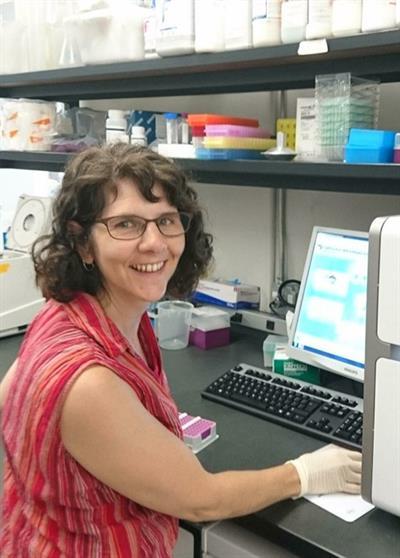Research/Areas of Interest:
My research focuses on characterizing the diversity of tick borne pathogens (arboviral, rickettsial, bacterial, and protozoal) and how such diversity (globally, nationally, and at the population level) influences their perpetuation. My expertise is in molecular epidemiology, which requires molecular diagnostic skills and phylogenetic analysis. Such skills extend to an active interest in pathogen discovery, clinical diagnosis, and quantitative measurement of pathogen doses and burdens. After my doctoral thesis research on the phylogeography of Babesia microti, I analyzed the population structure of Francisella tularensis. More recently I revisited the phylogeography of B. microti. I am currently engaged in more precisely analyzing the enzootic transmission of the deer tick-transmitted infections using molecular methods that I develop and validate. For example, I am using tick bloodmeal identification methods that I developed to identify the hosts upon which nymphal and adult deer ticks had fed in the previous stage and using this data probe transmission cycles and incriminate reservoir hosts.
